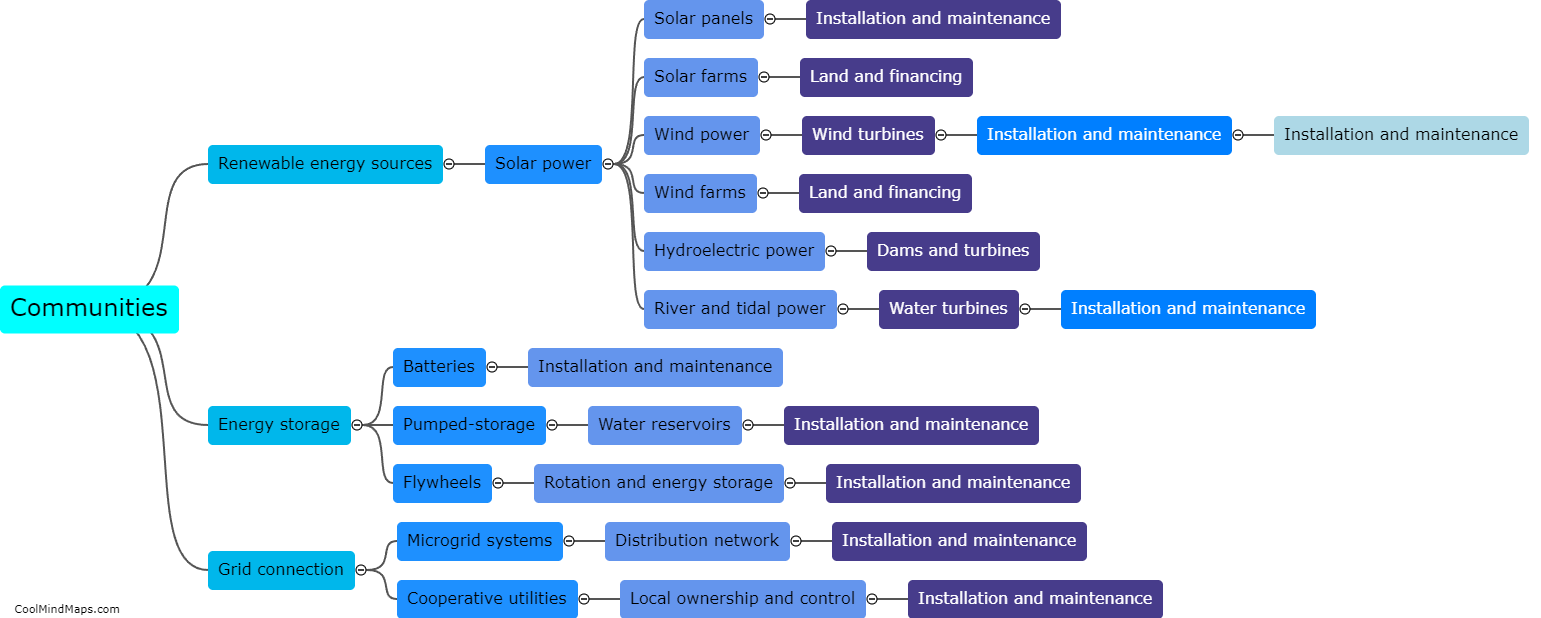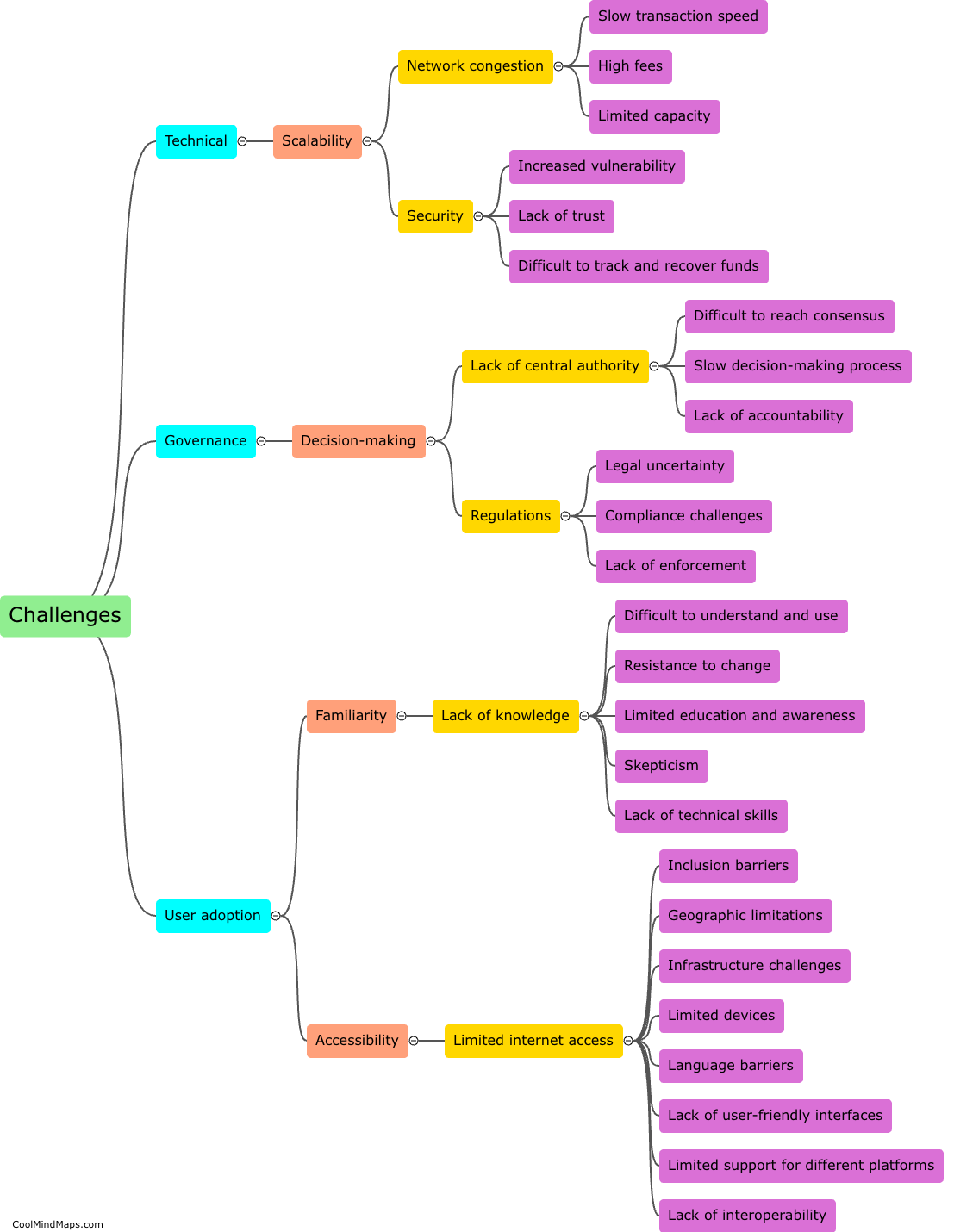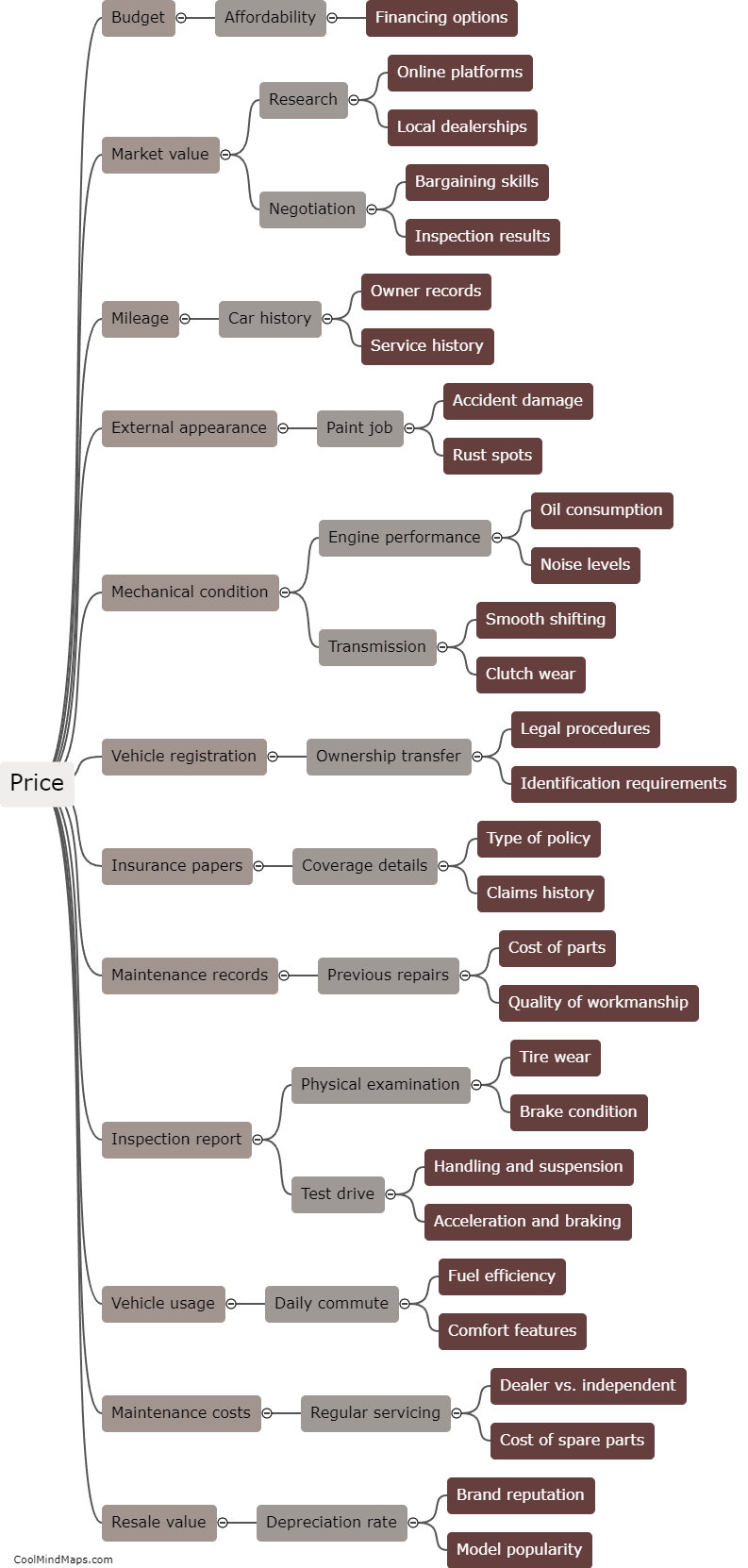How can communities be organized to produce their own electricity?
Communities can be organized to produce their own electricity through various strategies and initiatives. One approach is the establishment of community-owned renewable energy projects, such as solar or wind farms. These projects involve residents pooling their resources to install and maintain renewable energy infrastructure. Another method is the implementation of microgrids, which are localized power grids that can operate independently from the main electrical grid. These microgrids often incorporate renewable energy sources and storage systems to ensure a reliable and sustainable electricity supply. Additionally, communities can encourage energy efficiency measures, promote the adoption of residential solar panels, or explore alternative sources like biomass or geothermal energy. By organizing themselves and taking collective action, communities can significantly reduce their dependence on traditional energy sources and become more self-sufficient in producing their own electricity.

This mind map was published on 7 September 2023 and has been viewed 94 times.











